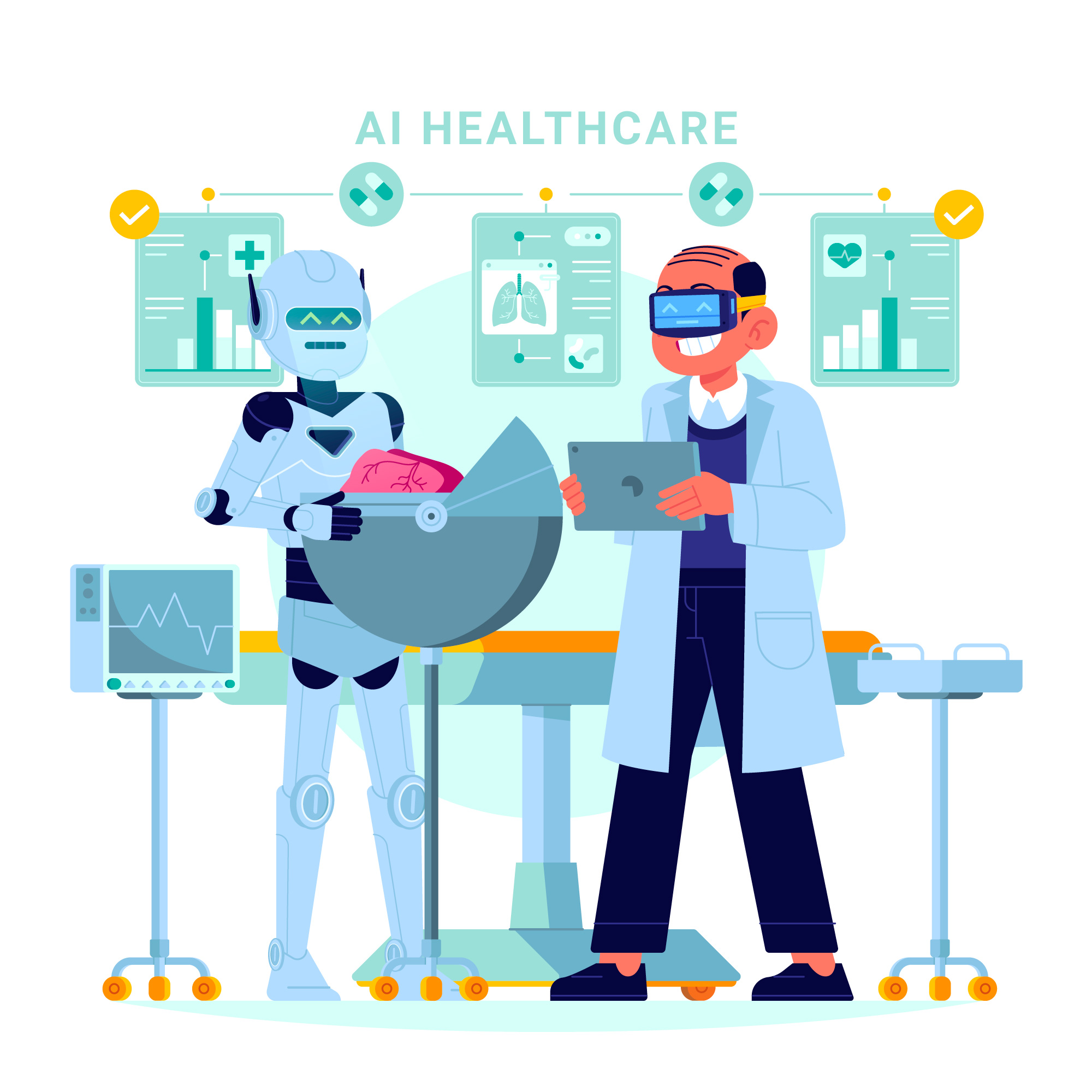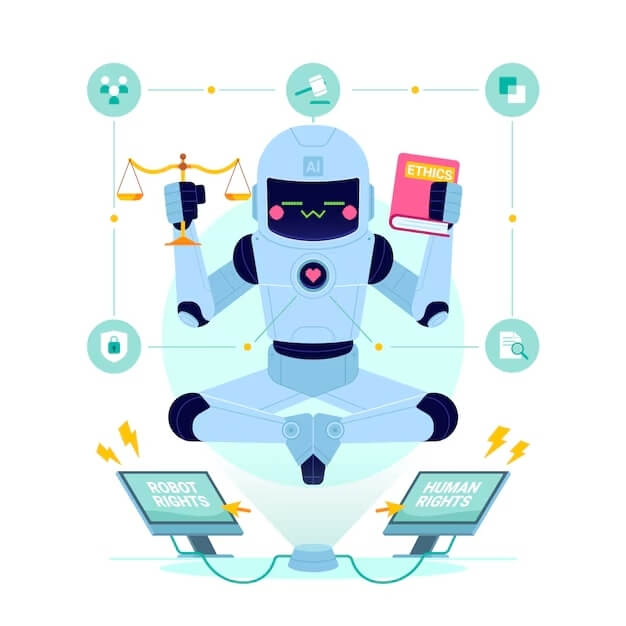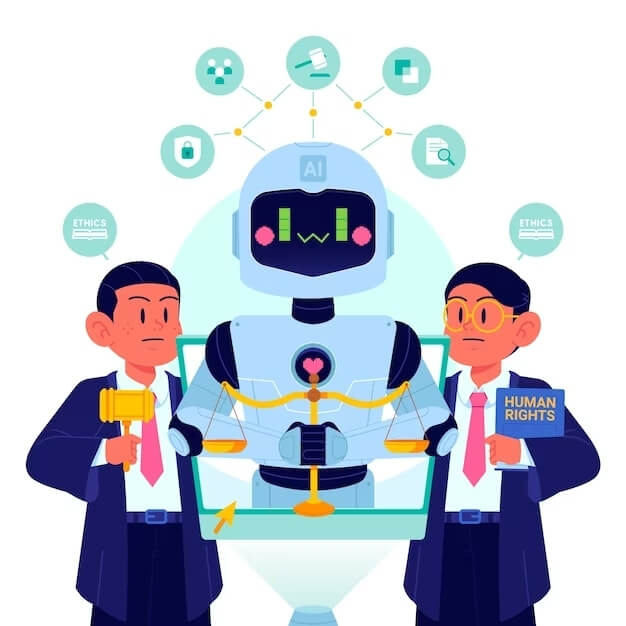Ready to explore how AI can transform your non-profit initiatives??
Contact LetsNurture today to learn how we can help you build AI capacity and drive social impact through innovative technology solutions. Together, we can create a meaningful change.














